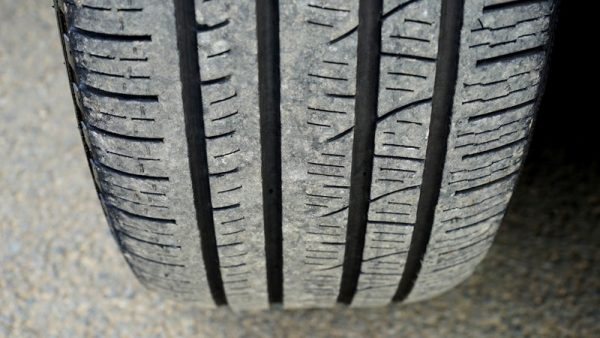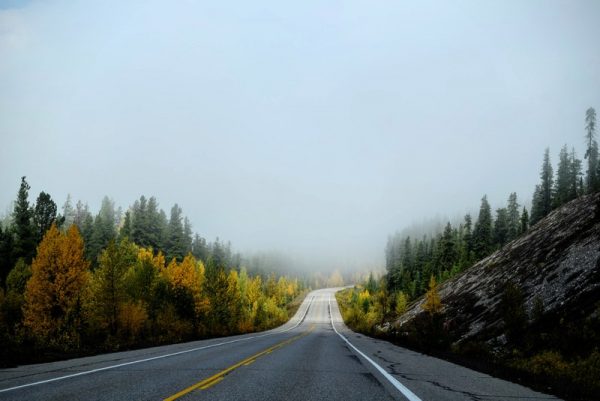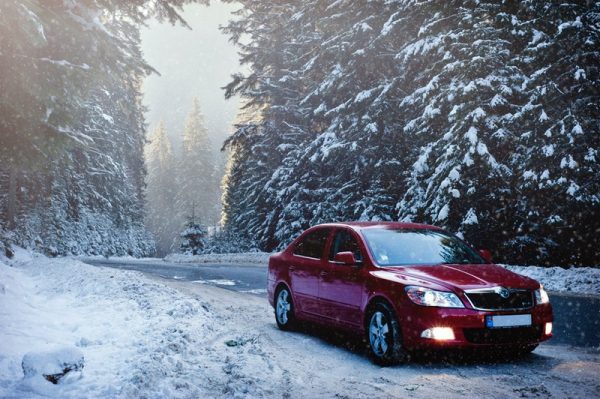Before you know it, winter will be upon us. But, be it for work or rest, the road trips still continue. Though it’s best to stay off the road when winter weather becomes unbearable, not everyone’s perfect.

You may be en route to check out a piece of Manhattan real estate, and then, suddenly, a nor’ easter bears down. The highway starts frosting over to the point where you feel like your operating a bumper car. Pulling into the nearest hotel would be a good idea. Too bad the next one is still a good 10 miles away. Don’t get caught in this scenario! Here are a few ways to prepare for bad weather on your road trip.
Tire Treads

Like a new pair of shoes, how well your tires grip the asphalt depends on your tires’ treads. A tire can go “bald” when the treads are worn down to a smooth surface. Bald tires can cause your vehicle to skid if they don’t blow out first.
A simple, sure way to find out if your tires are going bald is with the “penny test.” Take a penny and place it head down inside the tire tread. If the top of Lincoln’s head shows, then it’s time to replace your tires.
Visibility

The U.S. Department of Transportation estimates that 25% of all collisions are caused by obstructive weather conditions-fog, heavy rain, blizzards. Obstructions caused by bad weather are worse when your windshield wipers and mirrors are defective.
Make sure both of your adjustable side mirrors are free of ice and snow. Keeping them clean means preventing them from freezing up when you need them to see oncoming traffic. The wipers should be replaced about once a year, or when they’re worn out. Also, check to make sure the wipers aren’t fastened too tightly.
Battery
Winter can wreak havoc on your car’s battery. Not only will it have to power the car through snowstorms, but also run the window defrosters and heating units. Batteries typically last between two and five years, so check it for any signs of corrosion or wear.
Corrosion on the charging terminals, wires, and clamps can be cleaned with a wire brush and cleaning solution (a mix of water and baking soda). The voltage selector should be set to the right amount after overheating. Always carry a set of jumper cables with you. A battery charging unit is also good in case there’s no one around to give you a jump.
Speed Regulation

Maintaining the proper speed limit can be either the easiest or hardest part of adapting to winter, depending on the driver. While most highways allow speed limits up to 65 miles-per-hour, adaptations must be made when conditions change.
Reduce your car’s speed to 10 mph below the speed limit. This helps you leave a space cushion of 100 feet between you and the car ahead. Don’t break or gain speed during turns. Gradually turn the wheel and feather the brakes before the turn.











